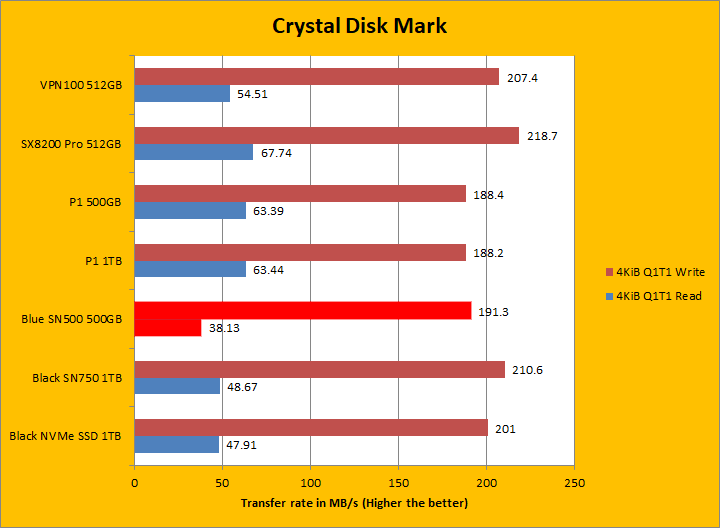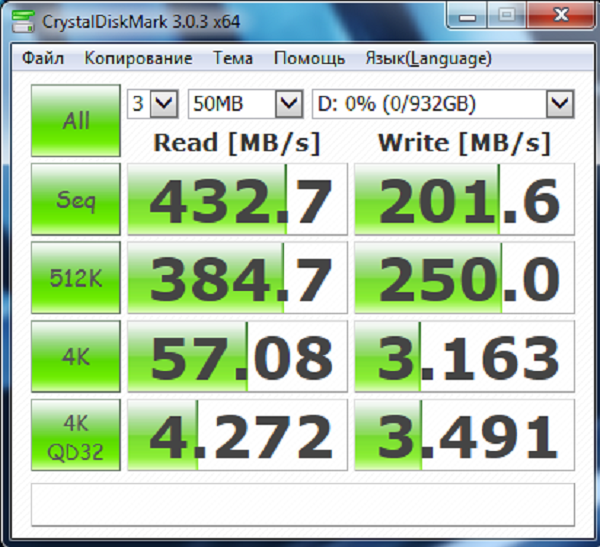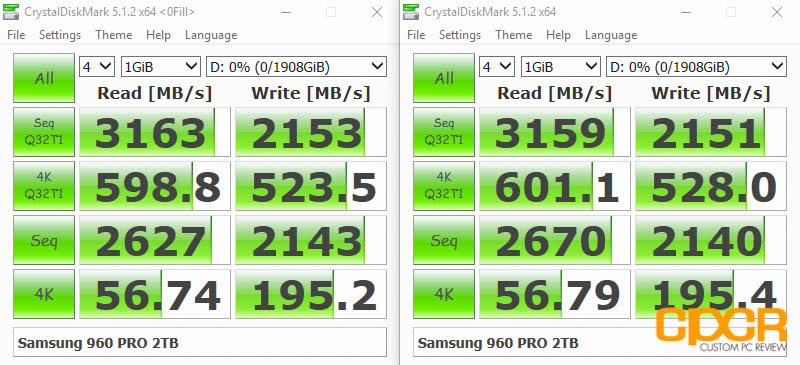
The Houdini test is specifically designed to evaluate storage performance as it relates to CGI rendering. We do this because many of the common consumer benchmarks don’t adequately capture end-user workload profiles. A large focus is put on drive latency across the entire load range of the drive, not just at the smallest QD1 (Queue-Depth 1) levels. The methodology used better reflects end-user workflow with the consistency, scalability and flexibility testing within virtualized server offers. NVMe is tested natively through an M.2 to PCIe adapter card. We measure SATA performance through a Dell H730P RAID card inside this server, although we set the card in HBA mode only to disable the impact of RAID card cache. The test platform leveraged in these tests is a Dell PowerEdge R740xd server. 4K random read / write IOPS: up to 100K / 110KĠ.33W Active (Typical), 0.14W Idle (Typical) ADATA XPG SX6000 Specifications Capacities The ADATA XPG SX6000 comes with a 5-year warranty and the 512GB model (the capacity we are looking at in this review) can be picked up for as little as $135.


And like other ADATA products, the SX6000 comes with an optional heat sink.

The drive comes in capacities ranging from 128GB to 1TB so users need not choose between a performance bump and a loss of capacity. The drive supports SLC Caching and DRAM Cache Buffer to help maintain optimal performance during heavy use. Ideal for gamers, PC enthusiasts, and video rendering professionals that are looking for a bump in performance for a reasonable price.

Primarily the SX6000 is ideal as a SATA upgrade. The drive utilizes 3D NAND that gives it quoted speeds of 1GB/s read and 800MB/s write. The drive comes in a M.2 (2280) form factor and leverages PCIe3x2 interface (NVMe 1.2 supported). The drive is touted as being a better performer at the same costs, or offering a better cost-performance ratio. The ADATA XPG SX6000 is the latest in the company’s line of M.2 PCIe SSDs.


 0 kommentar(er)
0 kommentar(er)
